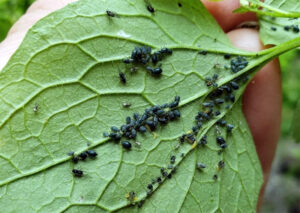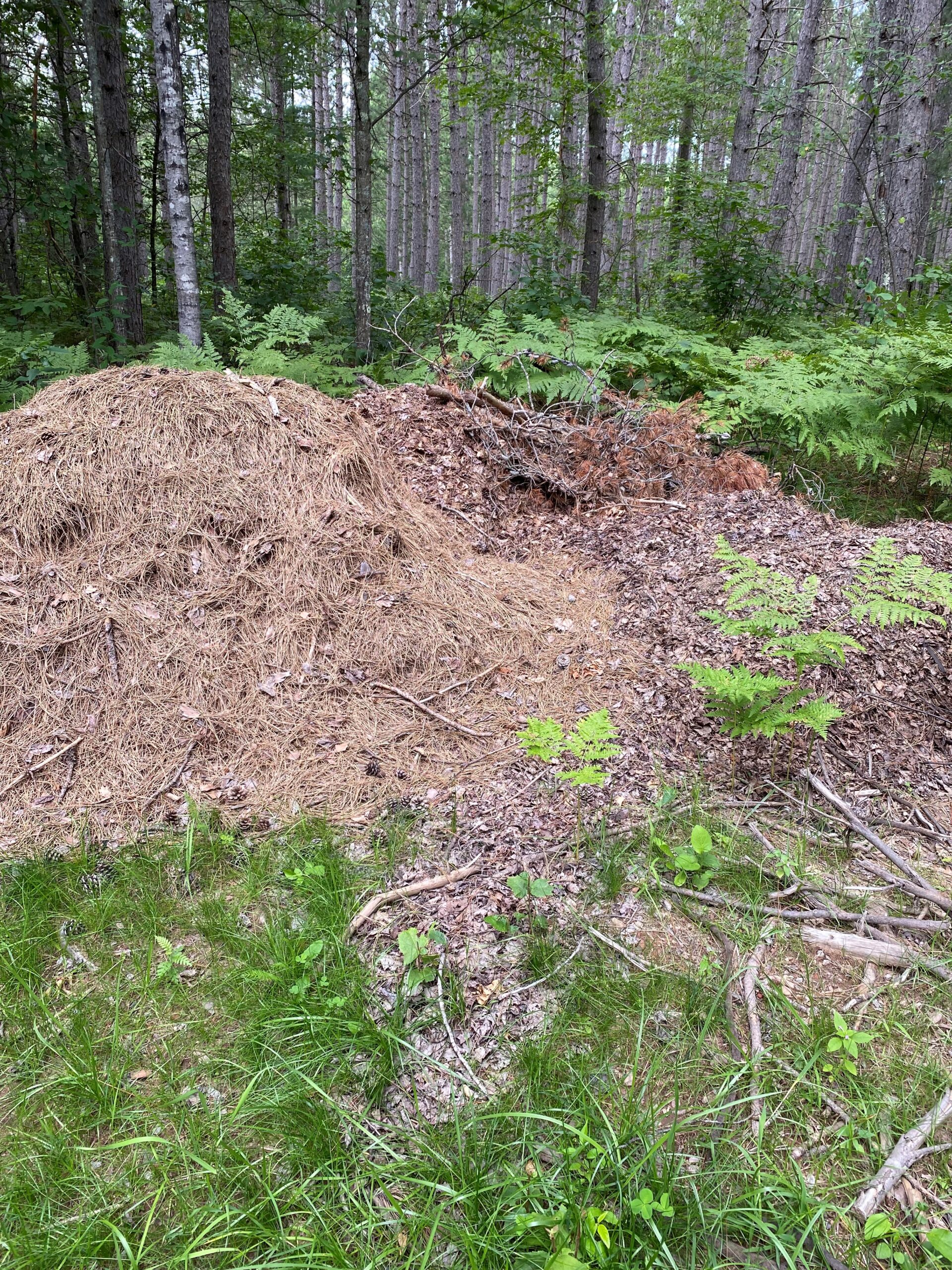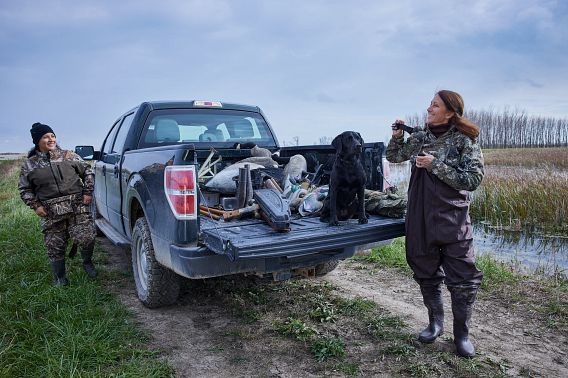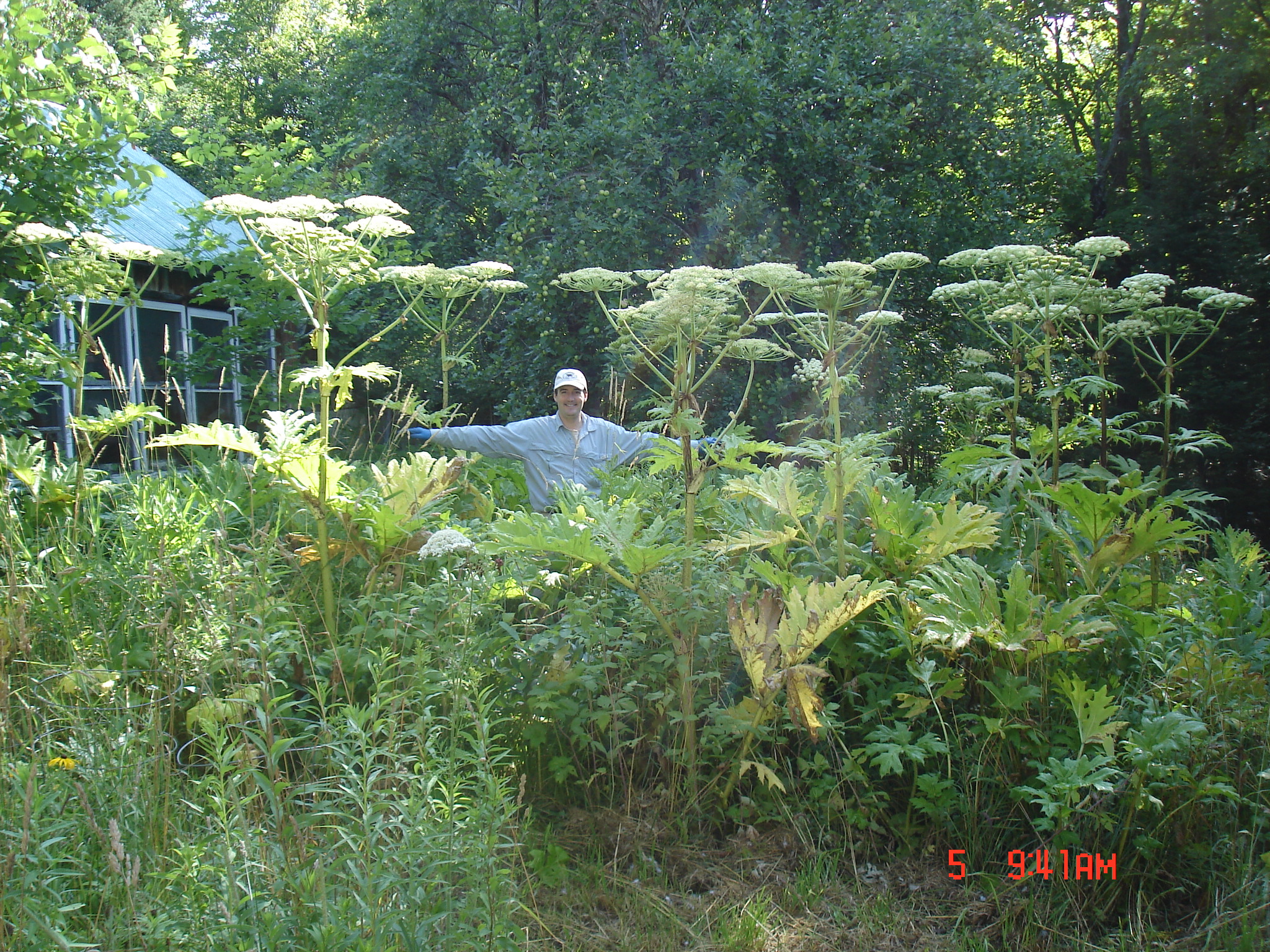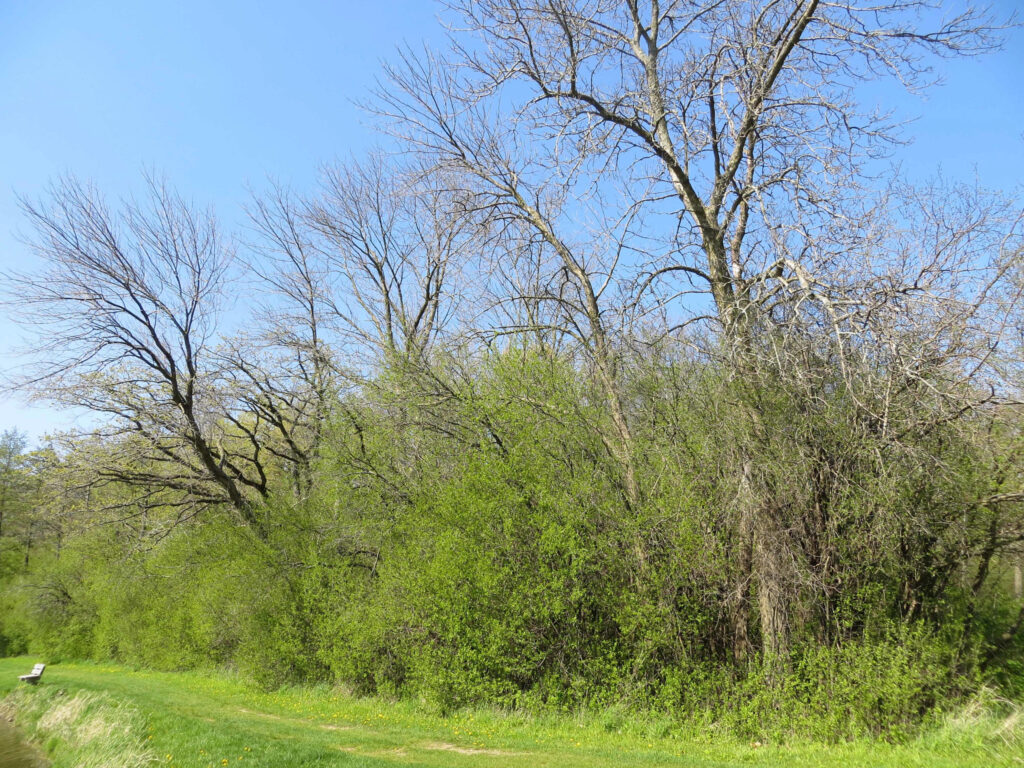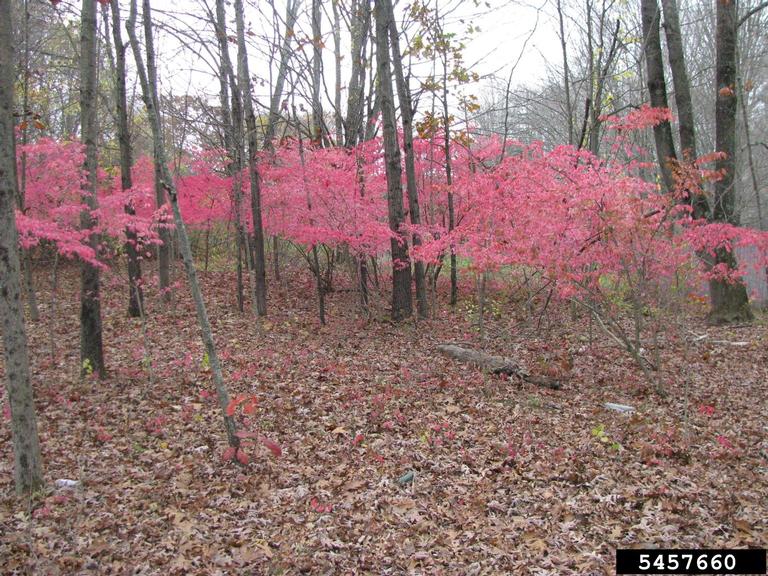Art Kabelowsky, DNR Forest Health outreach and communications specialist
Arthur.Kabelowsky@wisconsin.gov or 608-335-0167
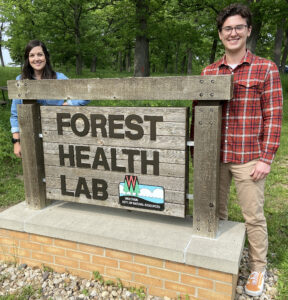
Erika Segerson-Mueller and Carter Hellenbrand, newly hired invasive plant program specialists with the Wisconsin Department of Natural Resources Forest Health team.
Carter Hellenbrand said he decided to pursue a career with the Wisconsin Department of Natural Resources (DNR) when a high school field trip sent him deep into the weeds, pulling buckthorn at Badfish Creek Wildlife Area near Oregon, Wisconsin.
On the other hand, Erika Segerson-Mueller’s respect for the DNR dates back to her youngest days.
Both have recently started work with the DNR’s Forest Health team as specialists in the forest invasive plants program.

